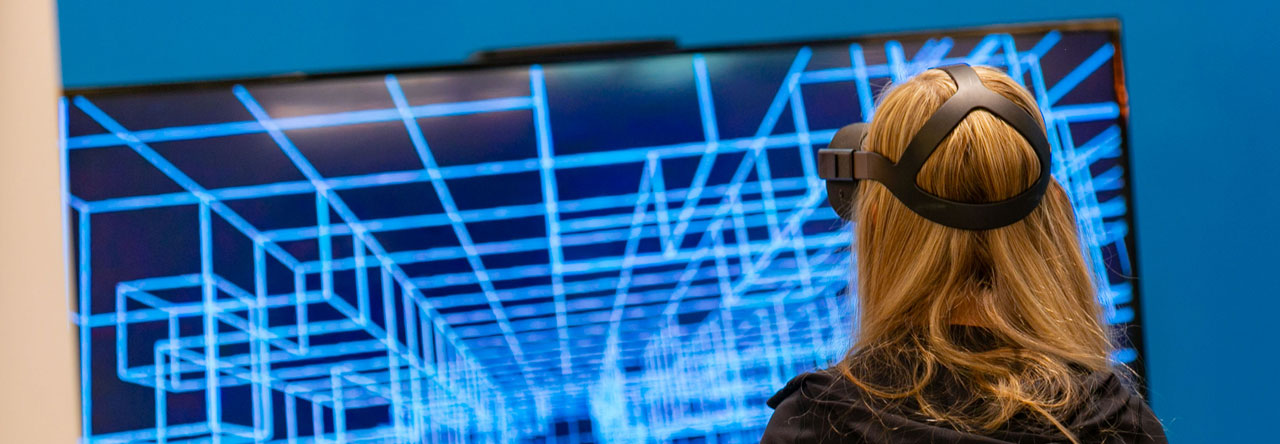
Duke professor Vidyalakshmi Chandramohan is a pioneering neuro-oncologist whose work is redefining the future of glioblastoma (GBM) treatment. As a researcher in the Department of Neurosurgery at Duke, she is driven by a profound commitment to improving patient outcomes and providing new hope for those battling one of the most aggressive forms of brain cancer.
Her journey into science began with an interest in immunology and oncology, which led her to earn a Ph.D. and conduct postdoctoral research focused on the complex relationship between cancer and immune responses. Her fascination with GBM stemmed from the urgent need to develop innovative treatments for a disease with limited therapeutic options. Today, her groundbreaking research offers new avenues for fighting GBM and improving patient survival.

Chandramohan’s work is centered on immunotherapy, particularly the development of D2C7-IT, a dual-specific immunotoxin currently in Phase I clinical trials for recurrent GBM patients. This precision medicine approach targets tumors with remarkable specificity, minimizing damage to healthy tissue. Her ongoing research aims to enhance the efficacy of D2C7-IT and expand its potential as a viable alternative to traditional treatments.
For Chandramohan, translating her research into tangible solutions is essential. “Developing a therapy is one thing, but making sure it works in the real world is another,” she says. She is exploring ways to combine D2C7-IT with other therapies to improve treatment outcomes and minimize side effects, pushing the boundaries of what is possible in GBM care.
A critical aspect of her research involves identifying biomarkers that predict patient responses to treatment, enabling personalized therapies. “Personalized medicine is the future,” she believes. “Tailoring treatment to each patient’s unique response will improve survival rates and outcomes.”
Collaboration is at the heart of Chandramohan’s work. She fosters an interdisciplinary environment where scientists, clinicians, and engineers work together toward a shared goal. “No one person can do it all,” she emphasizes. “It takes a community of experts to make breakthroughs happen.”
Despite the challenges of translating research into clinical practice, Chandramohan remains unwavering in her determination. “When our work leads to better treatment options, it reminds us why we do this every day,” she says. Her dedication to improving patient care fuels her optimism for the future of GBM treatment.
Looking ahead, Chandramohan is hopeful that the integration of immunotherapy, precision medicine, and innovative technologies will revolutionize the field of neuro-oncology. “We’re just scratching the surface,” she says, confident in the potential to improve outcomes for GBM patients.
Through her relentless pursuit of excellence, Chandramohan is not only advancing the science of glioblastoma treatment but also inspiring the next generation of researchers to push the boundaries of what is possible in the fight against cancer.
